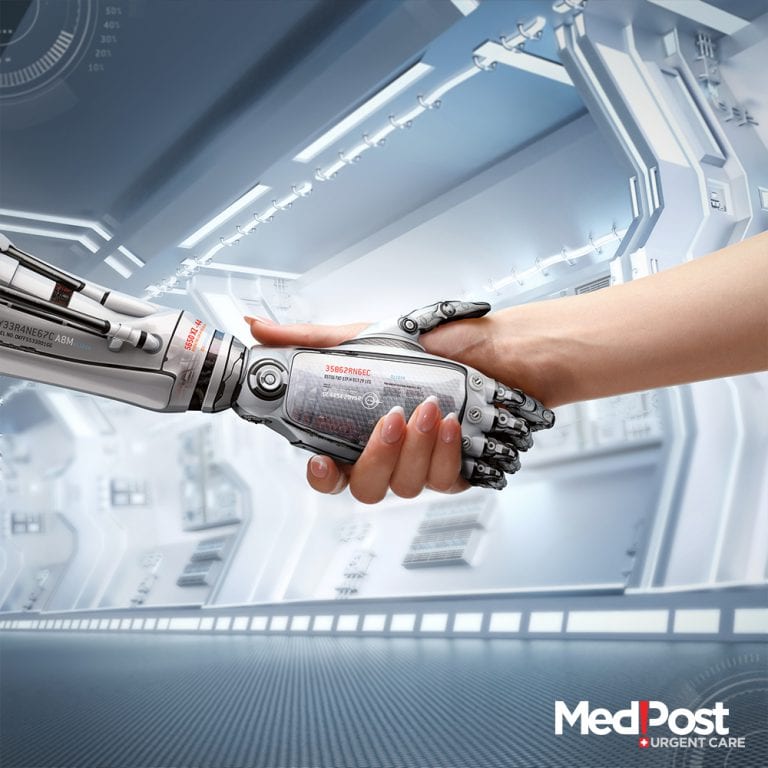Paging Dr. Robot? How healthcare can benefit from robotic technology
April 8, 2015

Robots in healthcare aren’t new. Surgeons have already used one model as an assistant in more than 20,000 surgeries since the year 2000.
There are exciting developments in the field of healthcare robotics, though. Recently, researchers designed sophisticated microbots that can remove plaque from arteries. There are also more humble service robots that move trays of food and supplies around large hospitals, logging up to 12 miles of travel per day.
Want more innovation? Scientists are currently investigating how robots can aid providers and patients via telemedicine and physical therapy, as well.
If this all reminds you of Rosie from The Jetsons and feels somewhat surreal, know that I’m right there with you. It may help you, as it does me, to remember that most of these the-future-is-now advances have the simple goal of saving human providers time. This, in turn, allows them to focus on offering the best possible care to patients.
Beyond the hospital setting, robots may soon help people make lifestyle changes in ways that amount to preventative care. We already have access to smart phone apps that can track our diet statistics and exercise routines. A new, “social” robot aims to serve its owners by translating this kind of data into personalized coaching.
The elderly population, in particular, could benefit from home healthcare robots designed to increase independence. In Europe, a companion robot acts as part of a smart home system, using motion and pressure sensors to tell where people are in a room, whether appliances are being used, and whether windows or doors in the house are open.
Beyond these basic safety and security features, the robot can also measure weight, blood sugar, and other vital signs, then upload them to a database. From that source, human providers can accurately track a patient’s sleep schedule and daily activity level. Doctors can also check in on patients long-distance through the robot’s “Skype on wheels” feature.
How might this be useful? Imagine a provider reading through the morning’s database reports from all her patients with home healthcare robots. Upon noticing that one patient got up several times throughout the night, the doctor could initiate a quick video chat with that individual to check in.
Robotics developers are quick to note that all these advances are intended to complement — not replace — human-to-human healthcare visits. The goal is not for robots to diagnosis or treat illness on their own, but rather to help providers by offering more options for care.
Now… can you picture Rosie in a set of scrubs?
– Jennie Saia, Contributing Editor
